Fondazione Prada recreates art shows held under the rise and fall of fascist Italy
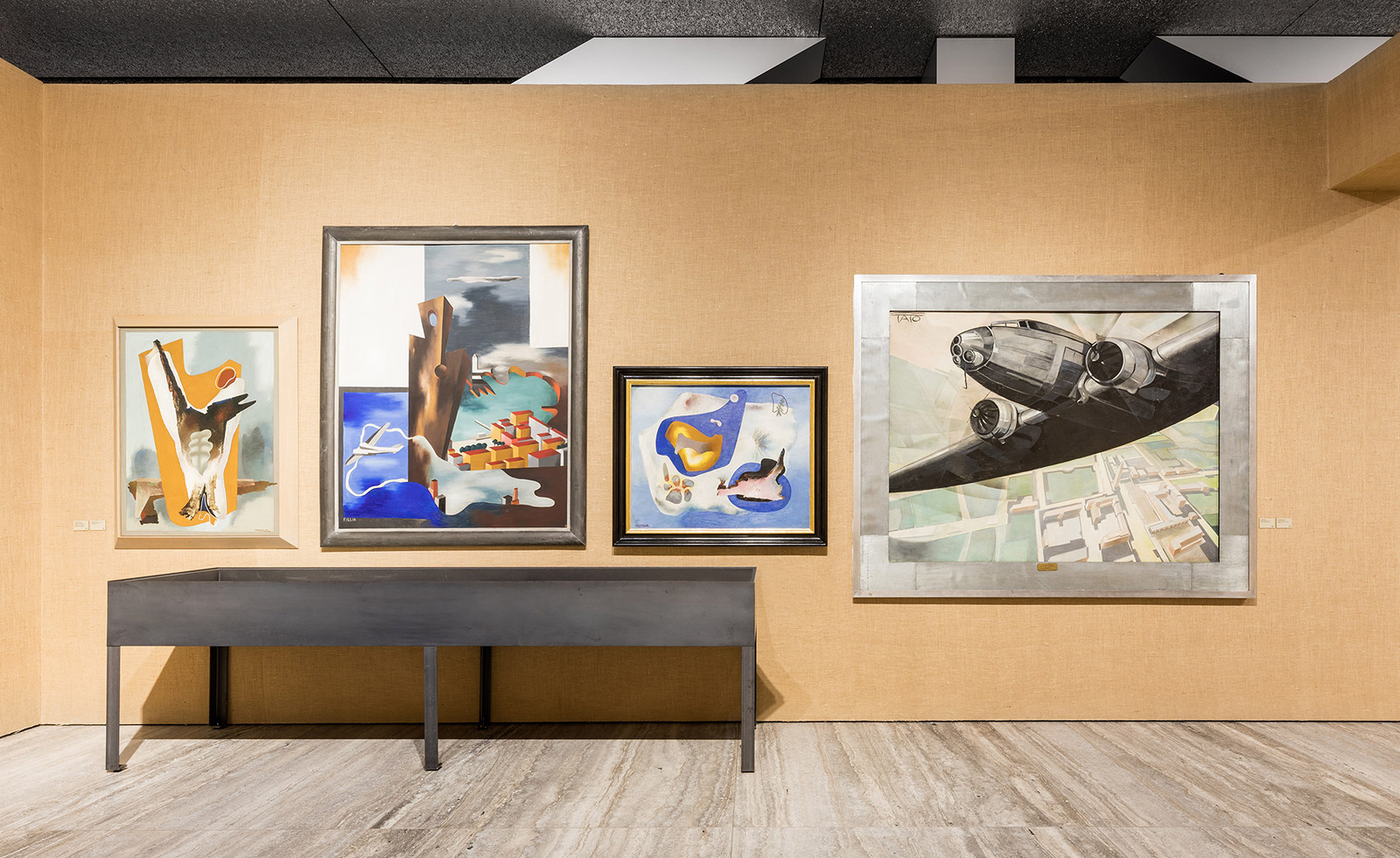
As Italy’s recent general elections on Sunday 4 March solidified the growing presence of far right and anti-establishment parties in Italian politics, it seems an apt coincidence that a current exhibition at Fondazione Prada explores the role of artistic and cultural production during the rise and fall of the country’s fascist regime. The vast show, ‘Post Zang Tumb Tuuum. Art Life Politics: Italia 1918–1943’ – among the largest that the institution has ever held – identifies the environmental, temporal, social and political contexts that contributed to Italian art during this period.
Curated by Germano Celant and designed by New York-based 2x4, the Milan exhibition centres on the partial reconstruction of 20 public and private exhibitions held both in Italy and abroad. Private rooms and exhibition halls featuring over 100 artists — Giacomo Balla, Giorgio de Chirico and Giorgio Morandi alongside their respective movements futurism, Valori Plastici (‘plastic values’), Novecento Italiano, among others — are rebuilt within Fondazione Prada’s sprawling galleries.
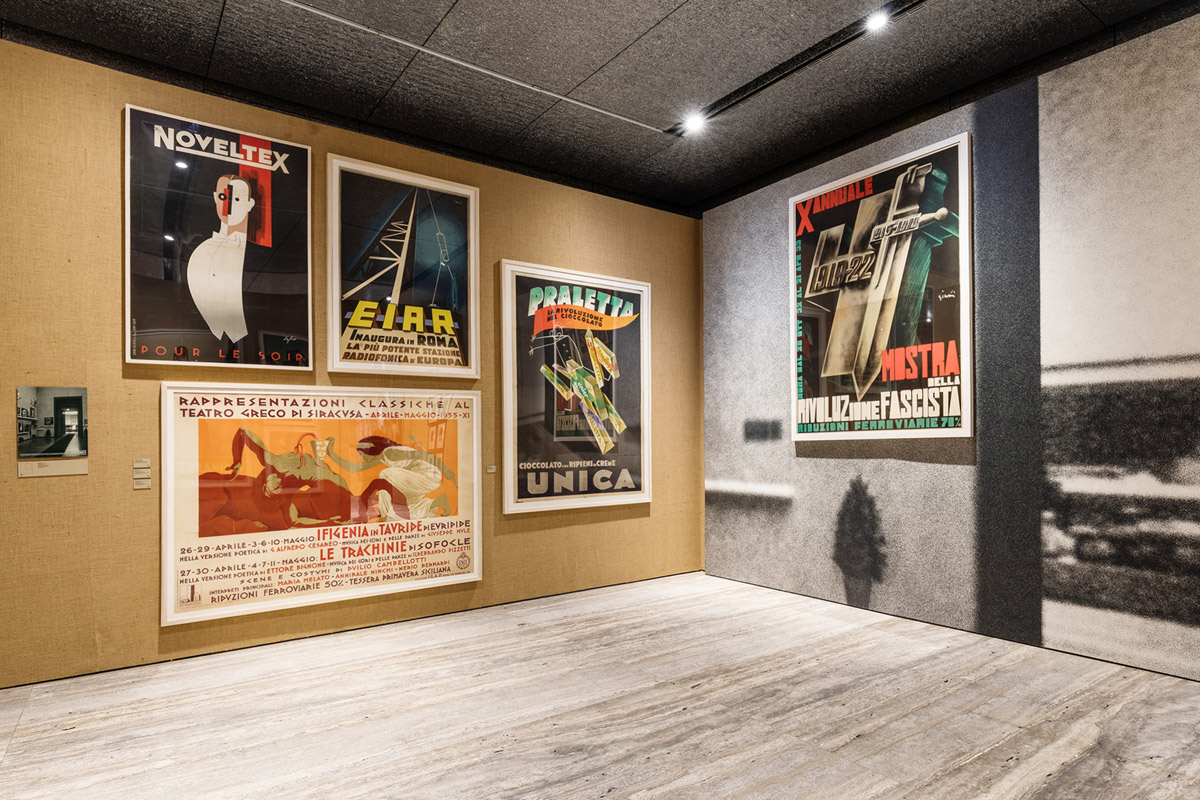
Installation view of ‘Post Zang Tumb Tuuum. Art Life Politics: Italia 1918–1943’ at Fondazione Prada, Milan
Paintings, sculptures, architectural drawings, tapestries and furniture are placed in their original arrangements, while ghostly apparitions printed in greyscale appearin lieu of pieces either destroyed or unobtainable. Collected photographs, letters, exhibition catalogues and newspaper clippings are shown in tandem, illuminating the fascist government’s role in supporting and surveilling the arts in the guise of syndicated exhibitions and prizes.
Opening in 1918 at the close of the First World War, the exhibition’s first reconstruction is the private home of Filippo Tommaso Marinetti, founder of the futurist movement, whose sound-poem Zang Tumb Tumb inspires the show’s onomatopoetic title. Marinetti’s writing glorified the violence of war, what he called ‘the dreamt-of metallisation of the human body’, and spurred on Mussolini’s cause in the form of a cultural counterpoint. The walls are hung with fawning portraits of Marinetti by Růžena Zátková and Fortunato Depero in the brashly colourful style that came to define the movement.
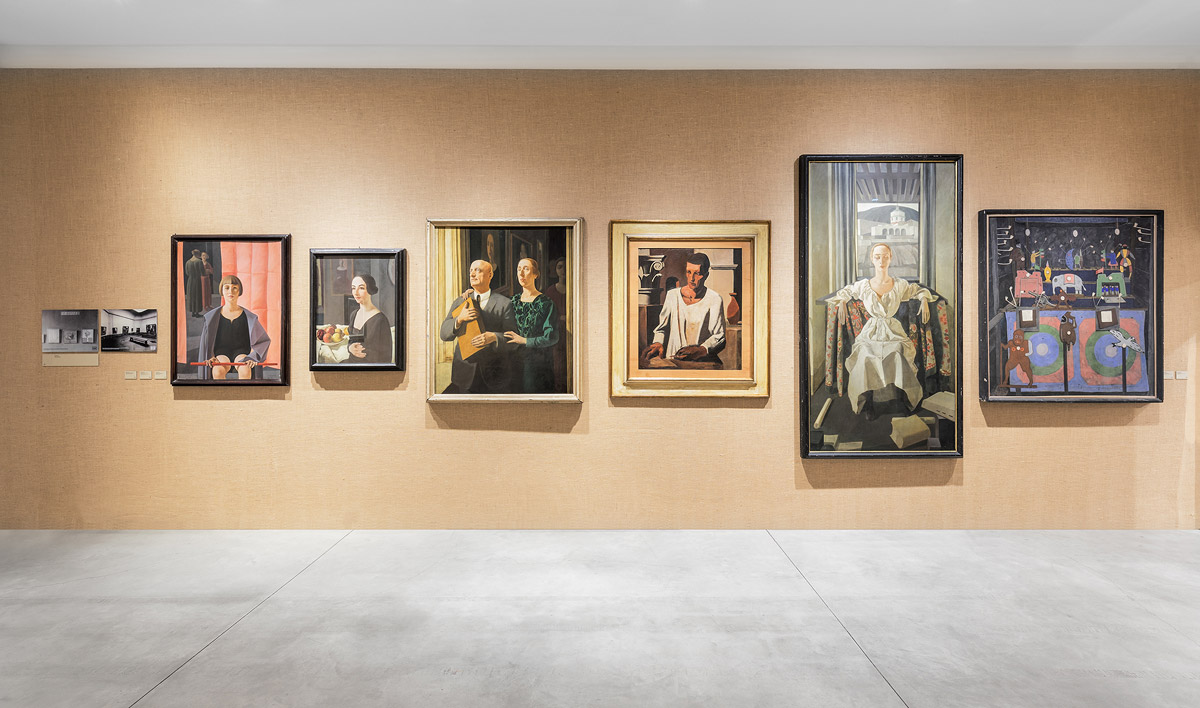
Installation view of ‘Post Zang Tumb Tuuum. Art Life Politics: Italia 1918–1943’ at Fondazione Prada, Milan
From there, the exhibition travels through time. Moving from the 1921 German exhibition ‘Das Junge Italien’ (‘The Young Italian’), featuring a wall of Morandi’s still lifes, to Adolfo Wildt’s room at the 13th Venice Biennale in 1922. The ‘Mostra del Novecento Italiano’, organised by cultural critic — and mistress of Mussolini — Margherita Sarfatti, delves into the cry for a ‘return to order’ in Italian art that endeavoured to erase the avant-garde exploration of the early 20th century. The exhibition, inaugurated by Mussolini in 1923, showcased work by Mario Sironi, Carlo Carrà, Arturo Martini, and more.
Further along, Mussolini’s propaganda machine reaches its zenith in the cathedral-like Deposito, which hosts imagery from the ‘Exhibition of the Fascist Revolution’, held in Rome at the Palazzo delle Esposizioni from 1932-1934. White panels as tall as houses are projected with life-size images in black and white from the event, which four million Italians made their way to the capital to see.
What begins with the futurist movement’s avowed glorification of the act of war finds its logical artistic conclusion in Corrado Cagli’s simple, excruciating line drawings. Cagli, an Italian artist of Jewish descent, became a US citizen during the war in order to join the military, returning to Europe as an American solider. Sketched in oil, the drawings illustrate the horrors of the Buchenwald concentration camp, which Cagli helped liberate in 1945. A chilling but necessary reminder of the ultimate cost of a nation’s descent into the grip of fascism.

Recreation of the USSR Pavilion at the 15th Venice Biennale for ‘Post Zang Tumb Tuuum. Art Life Politics: Italia 1918–1943’ at Fondazione Prada, Milan

Installation view of the Italian futurist exhibition at the USSR Pavilion at the 15th Venice Biennale, 1926. © La Biennale di Venezia, ASAC, Fototeca – serie ‘Attualità e Allestimenti’ – Mostra del FuturismoItaliano, Venezia 1926.
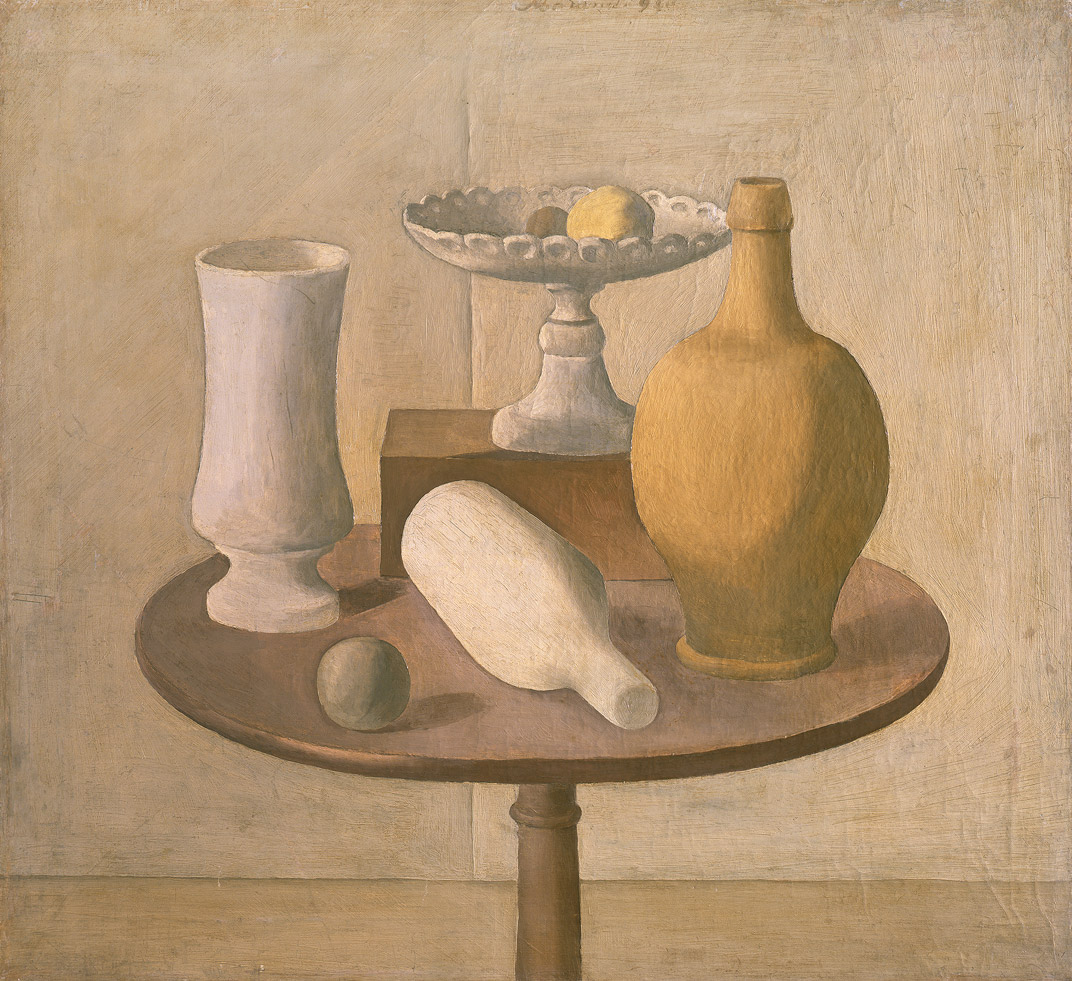
Natura morta, 1920, Giorgio Morandi. and MiBACT – Pinacoteca diBrera, ArchivioFotografico
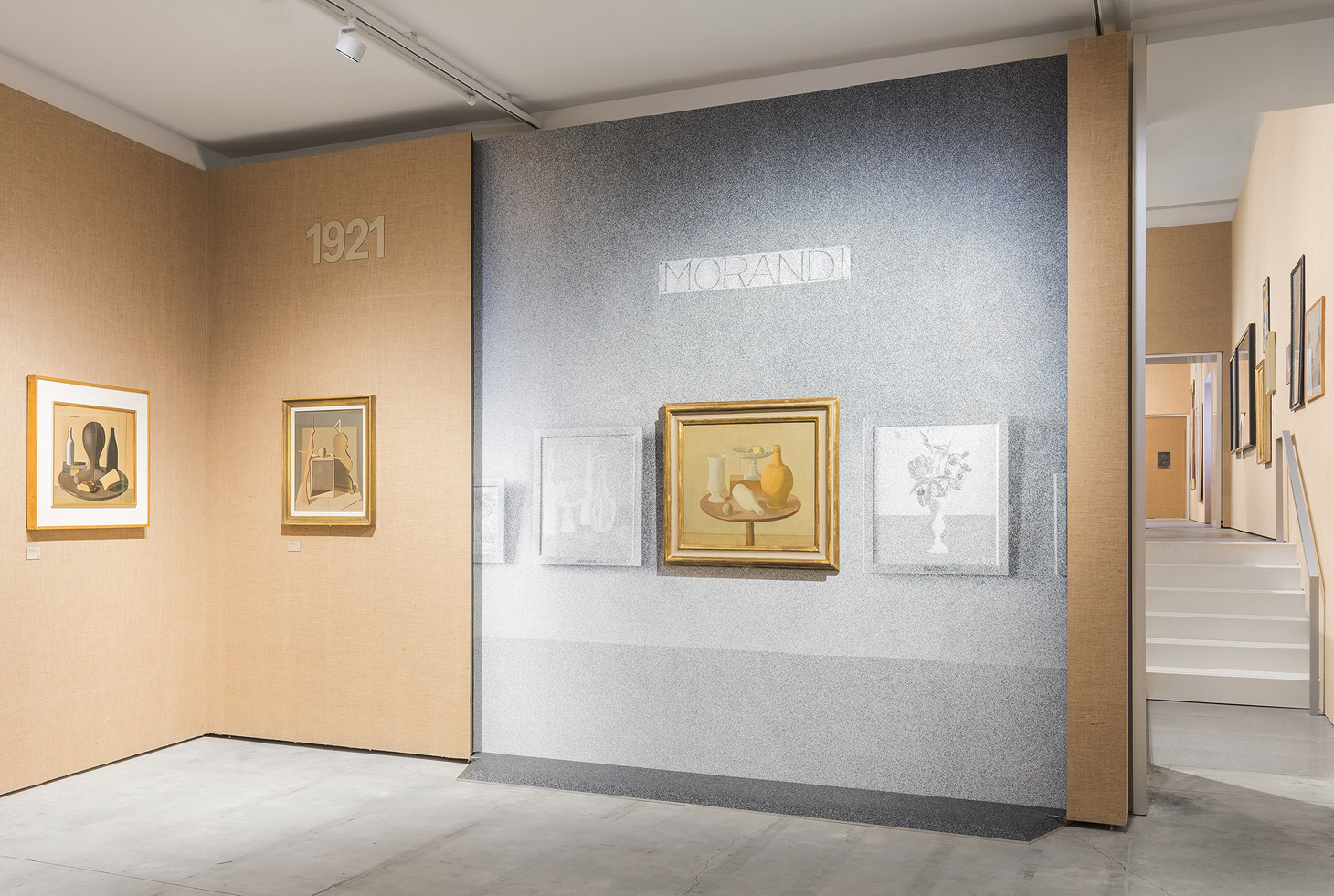
Installation view of ‘Post Zang Tumb Tuuum. Art Life Politics: Italia 1918–1943’ at Fondazione Prada, Milan
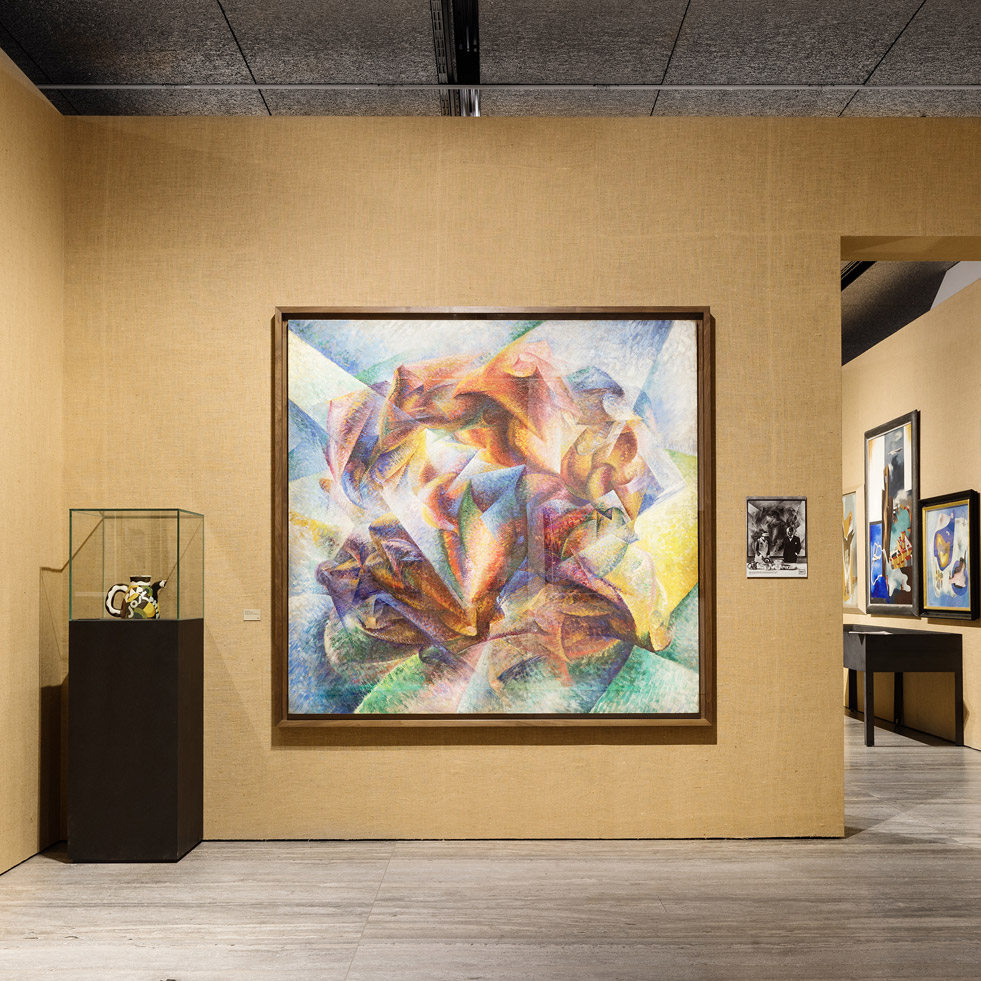
Installation view of ‘Post Zang Tumb Tuuum. Art Life Politics: Italia 1918–1943’ at Fondazione Prada, Milan
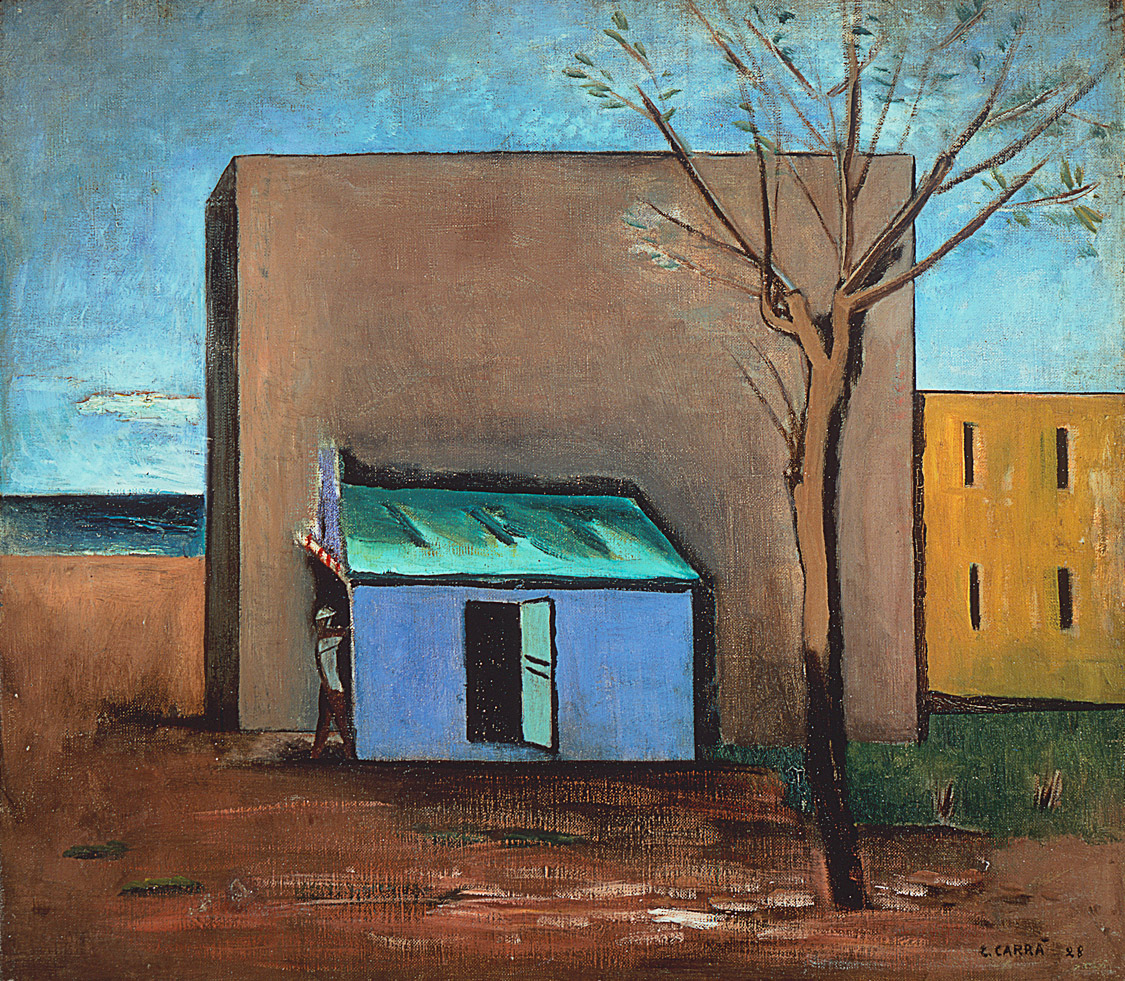
Il bersaglio, 1928, by Carlo Carrà. © Carlo Carrà by SIAE 2018.
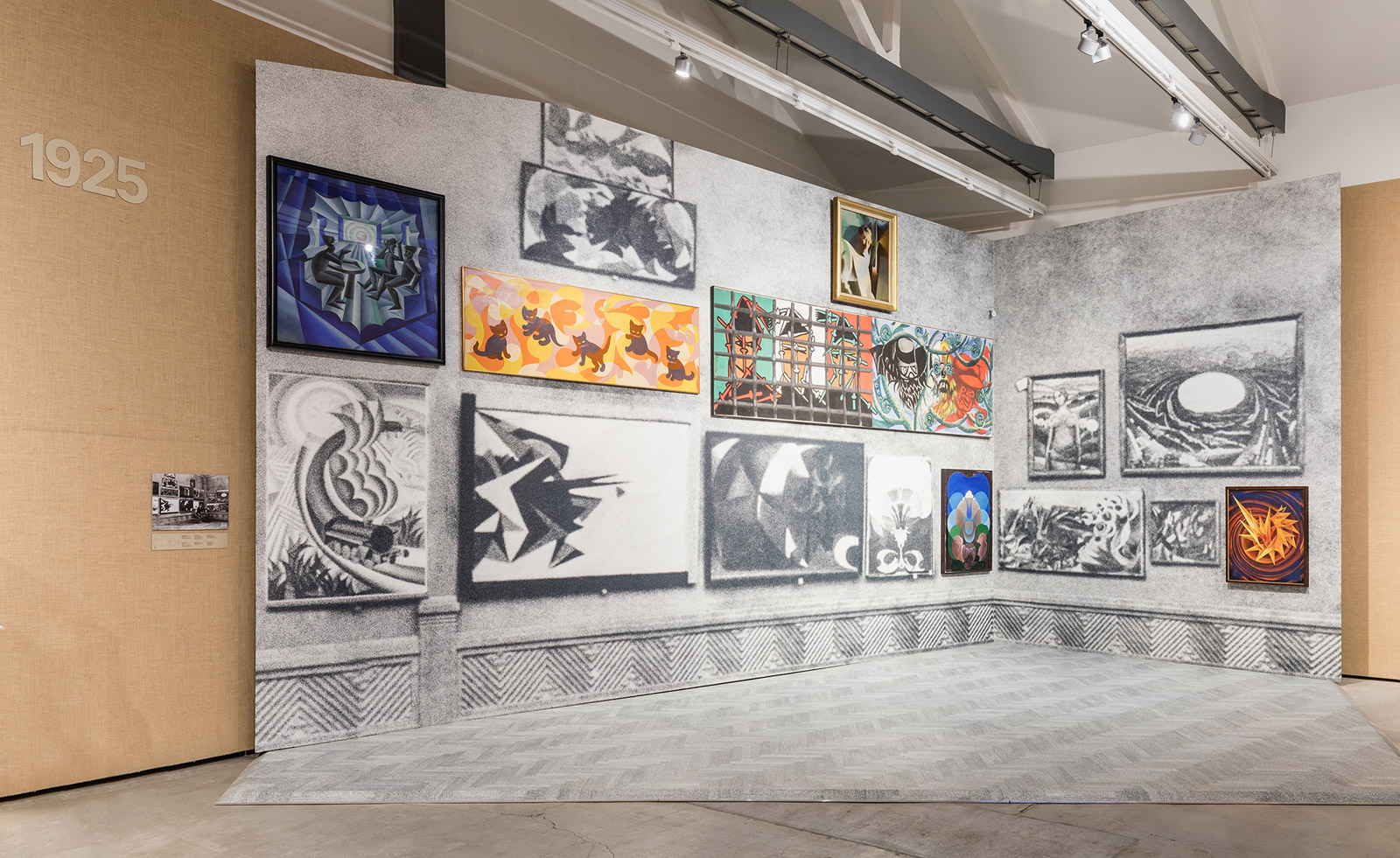
Recreation of ‘III Biennale di Roma’, 1925, for ‘Post Zang Tumb Tuuum. Art Life Politics: Italia 1918–1943’ at Fondazione Prada, Milan

Installation view of ‘III Biennale di Roma’,1925, futurist group show curated by FT Marinetti, with works by Giacomo Balla, Fortunato Depero and Gerardo Dottori Among the exhibited pieces: Canaringatti – Gatti futurist, 1923-1924, by Giacomo Balla. Image published in the magazine EMPORIUM.

Ritratto di Renato Gualino, 1923-1924, by Felice Casorati.
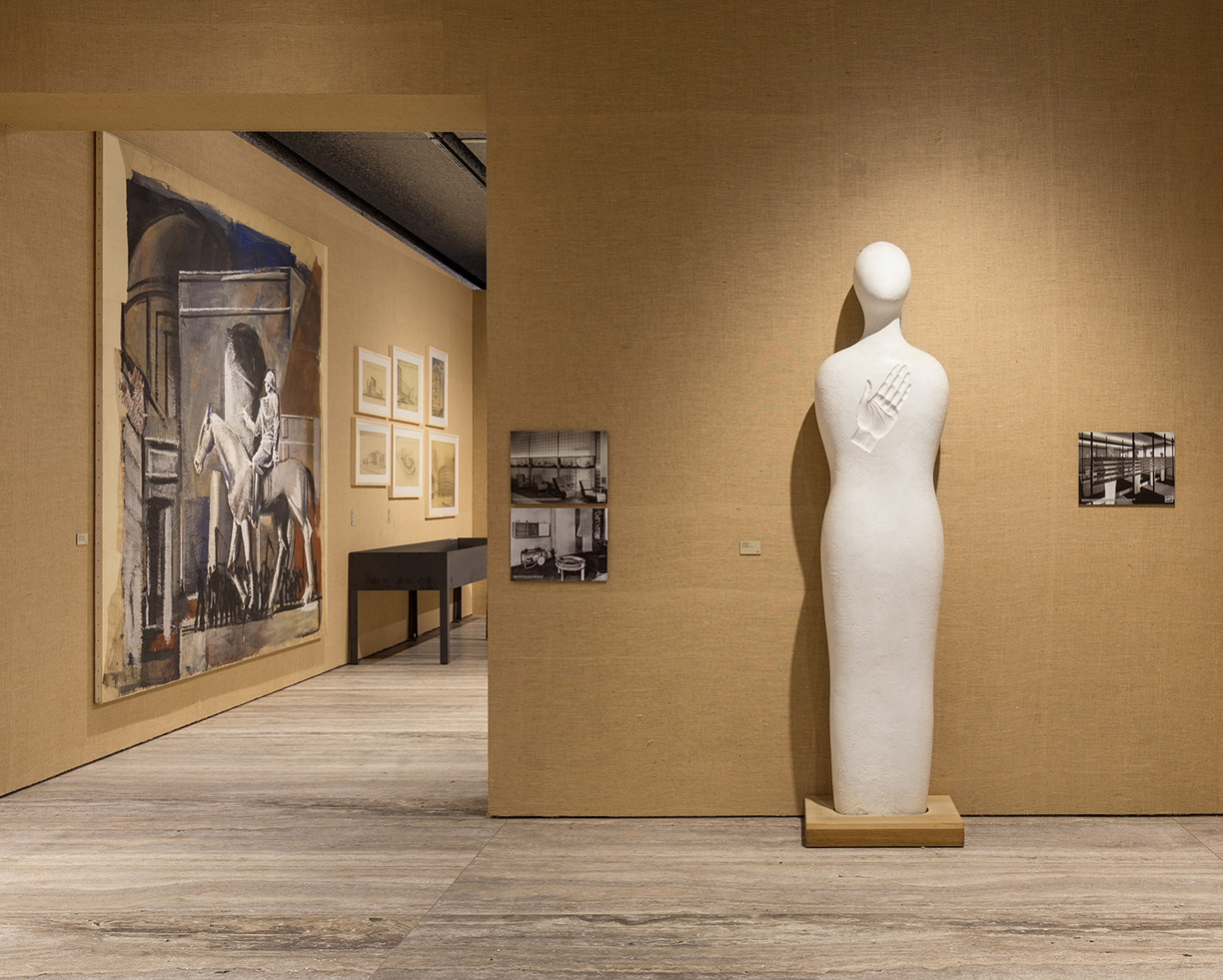
Installation view of ‘Post Zang Tumb Tuuum. Art Life Politics: Italia 1918–1943’ at Fondazione Prada, Milan
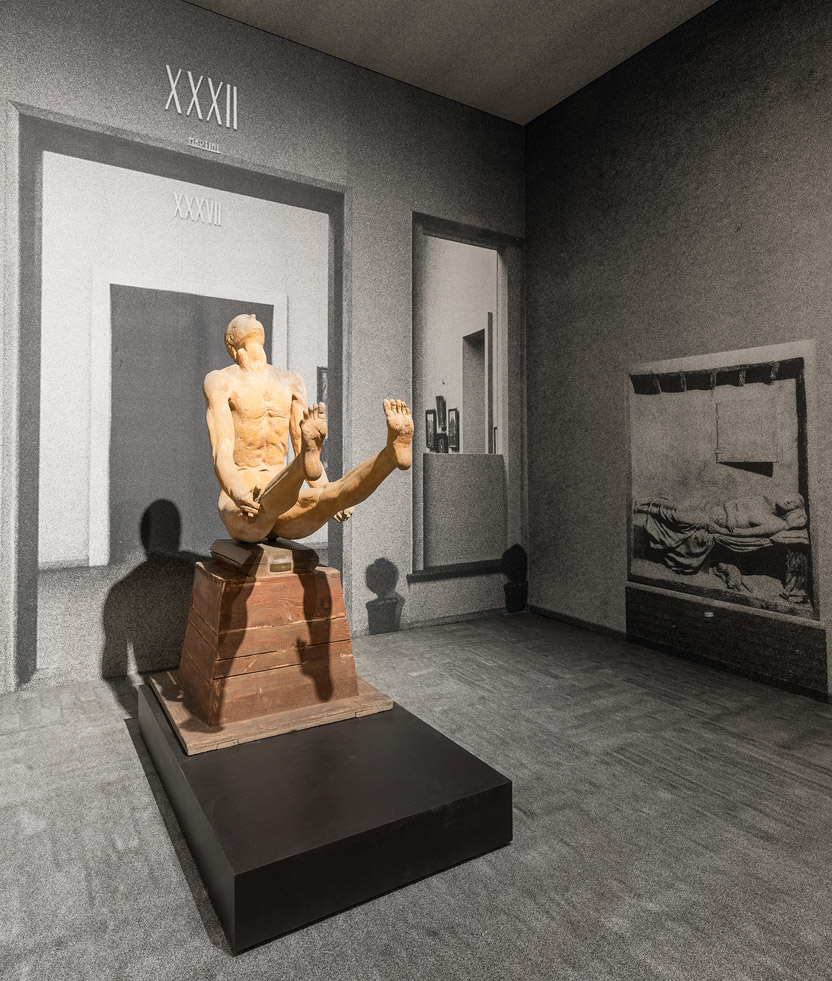
Installation view of ‘Post Zang Tumb Tuuum. Art Life Politics: Italia 1918–1943’ at Fondazione Prada, Milan

Pallazo del’Arte (Fondazione Bernocchi), 1933, by Giovanni Muzio, photographic print.

Installation view of ‘Post Zang Tumb Tuuum. Art Life Politics: Italia 1918–1943’ at Fondazione Prada, Milan
INFORMATION
‘Post Zang Tumb Tuuum. Art Life Politics: Italia 1918–1943’ is on view until 25 June. For more information, visit the Fondazione Prada website
ADDRESS
Fondazione Prada
Largo Isarco 2
20139 Milan
Receive our daily digest of inspiration, escapism and design stories from around the world direct to your inbox.
Laura May Todd, Wallpaper's Milan Editor, based in the city, is a Canadian-born journalist covering design, architecture and style. She regularly contributes to a range of international publications, including T: The New York Times Style Magazine, Architectural Digest, Elle Decor, Azure and Sight Unseen, and is about to publish a book on Italian interiors.
-
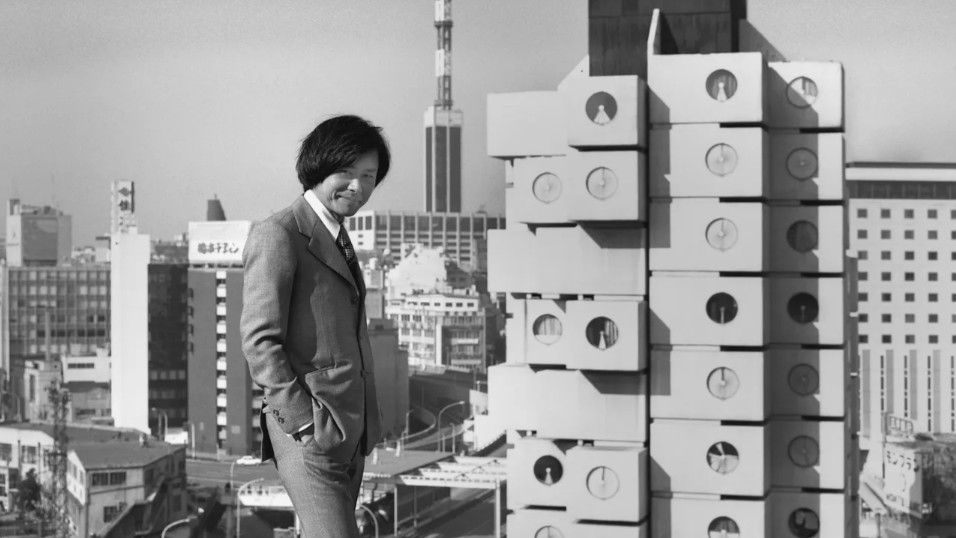 How an icon of Japanese Metabolist architecture took on a life of its own – even after its destruction
How an icon of Japanese Metabolist architecture took on a life of its own – even after its destructionWhen Kishō Kurokawa designed the modular Nakagin Capsule Tower more than 50 years ago, he imagined it boarding ships and travelling the world. Now it has, thanks to a new show at MoMA
-
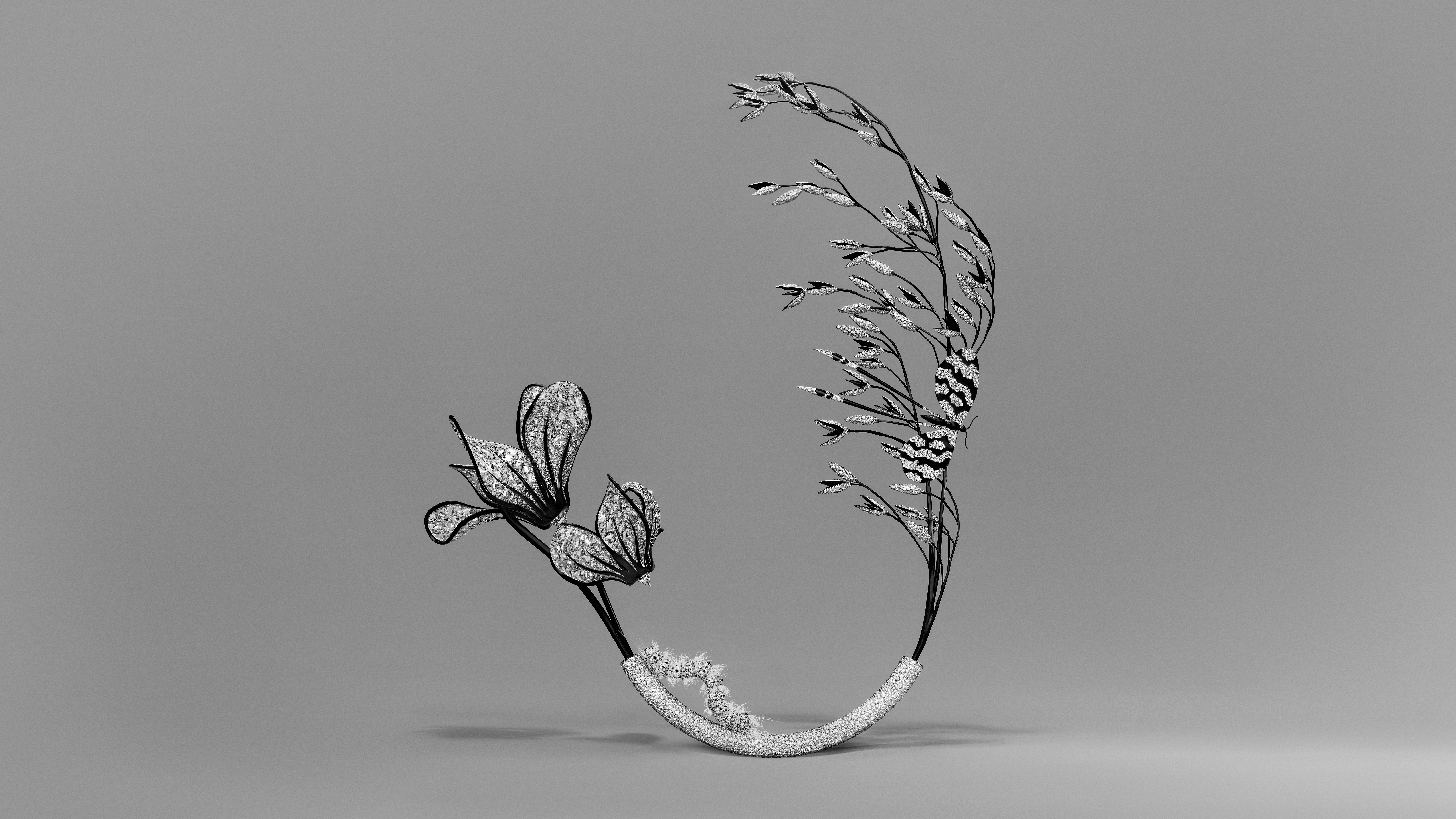 Six vases become 28 jewels in Boucheron’s new high jewellery collection
Six vases become 28 jewels in Boucheron’s new high jewellery collectionCreative director Claire Choisne nods to the Japanese art of flower arranging with vases that disassemble into high jewellery rings, necklaces, brooches and more
-
 In Santander, a cotton candy-coloured HQ is a contemporary delight
In Santander, a cotton candy-coloured HQ is a contemporary delightSantander’s Colección ES Headquarters, a multifunctional space for art, office work, and hosting, underwent a refurbishment by Carbajo Hermanos, drawing inspiration from both travels and local context
-
 Rolf Sachs’ largest exhibition to date, ‘Be-rühren’, is a playful study of touch
Rolf Sachs’ largest exhibition to date, ‘Be-rühren’, is a playful study of touchA collection of over 150 of Rolf Sachs’ works speaks to his preoccupation with transforming everyday objects to create art that is sensory – both emotionally and physically
-
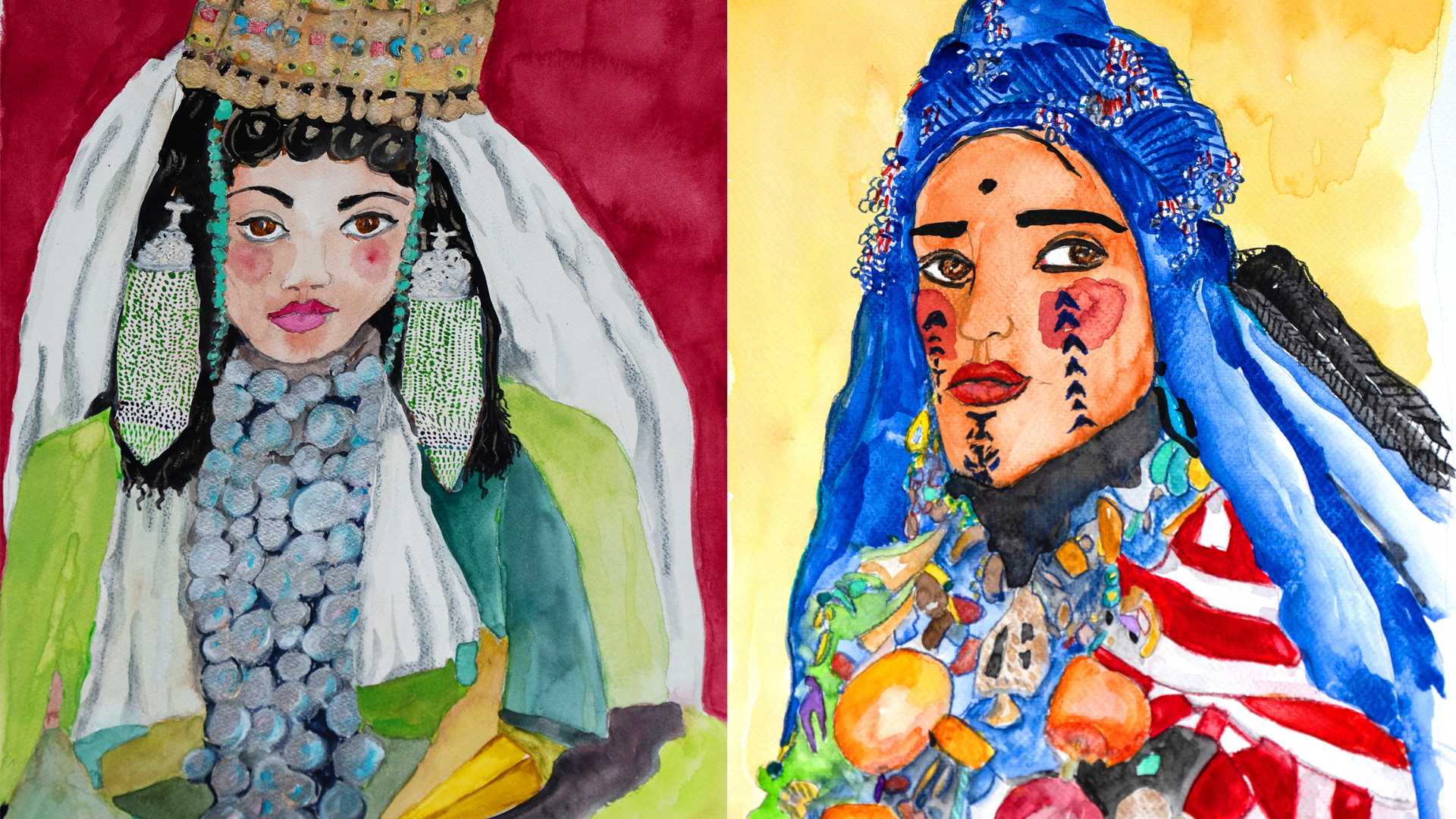 After decades capturing the world’s fashion-set, photographer Johnny Rozsa picks up a paint brush
After decades capturing the world’s fashion-set, photographer Johnny Rozsa picks up a paint brushIn his first exhibition of paintings, the New York-based artist celebrates the vibrancy of Tangier while rediscovering a familiar creative outlet
-
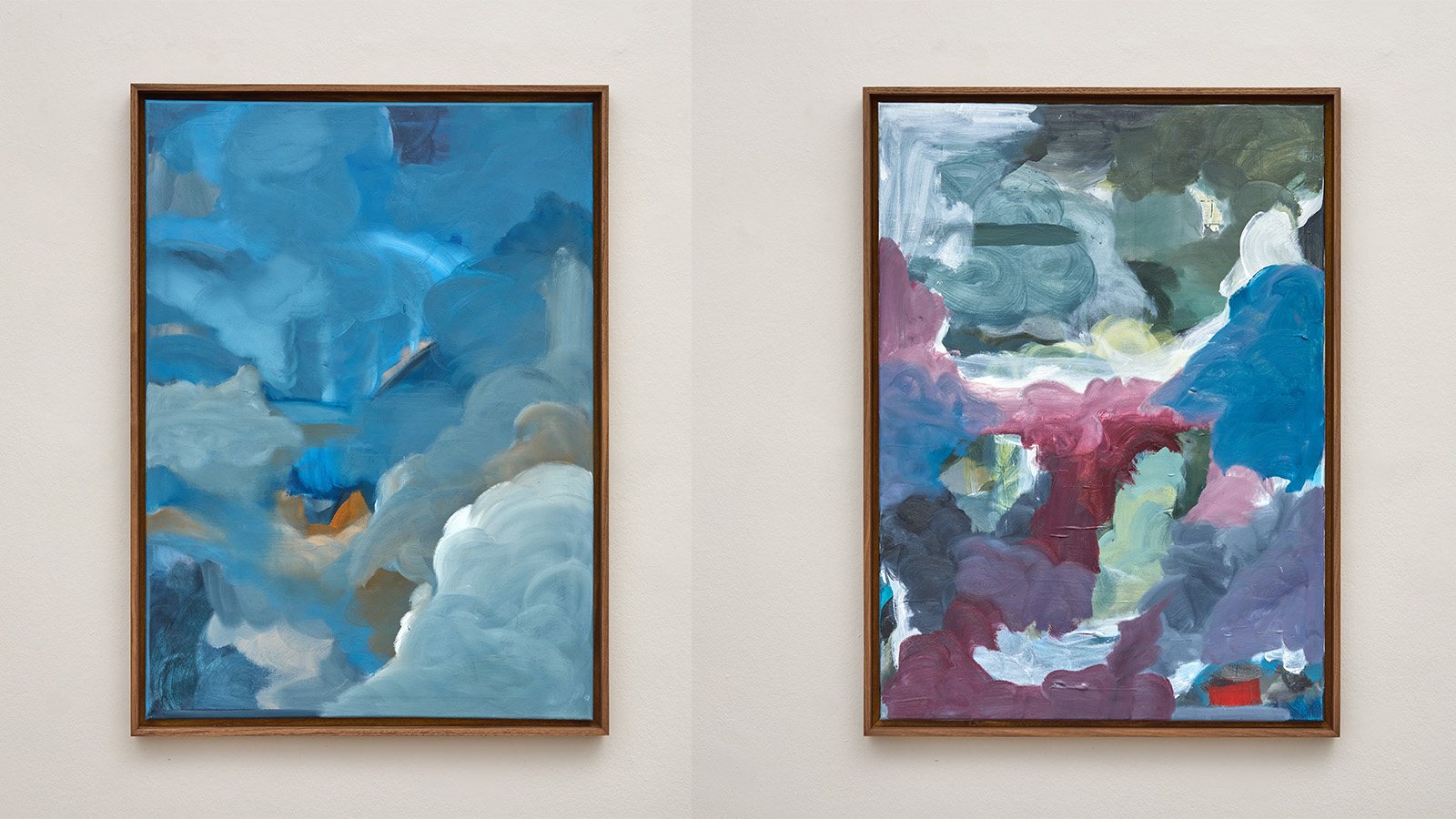 Leila Bartell’s cloudscapes are breezily distorted, a response to an evermore digital world
Leila Bartell’s cloudscapes are breezily distorted, a response to an evermore digital world‘Memory Fields’ is the London-based artist’s solo exhibition at Tristan Hoare Gallery (until 25 July 2025)
-
 Photographer Mohamed Bourouissa reflects on society, community and the marginalised at MAST
Photographer Mohamed Bourouissa reflects on society, community and the marginalised at MASTMohamed Bourouissa unites his work from the last two decades at Bologna’s Fondazione MAST
-
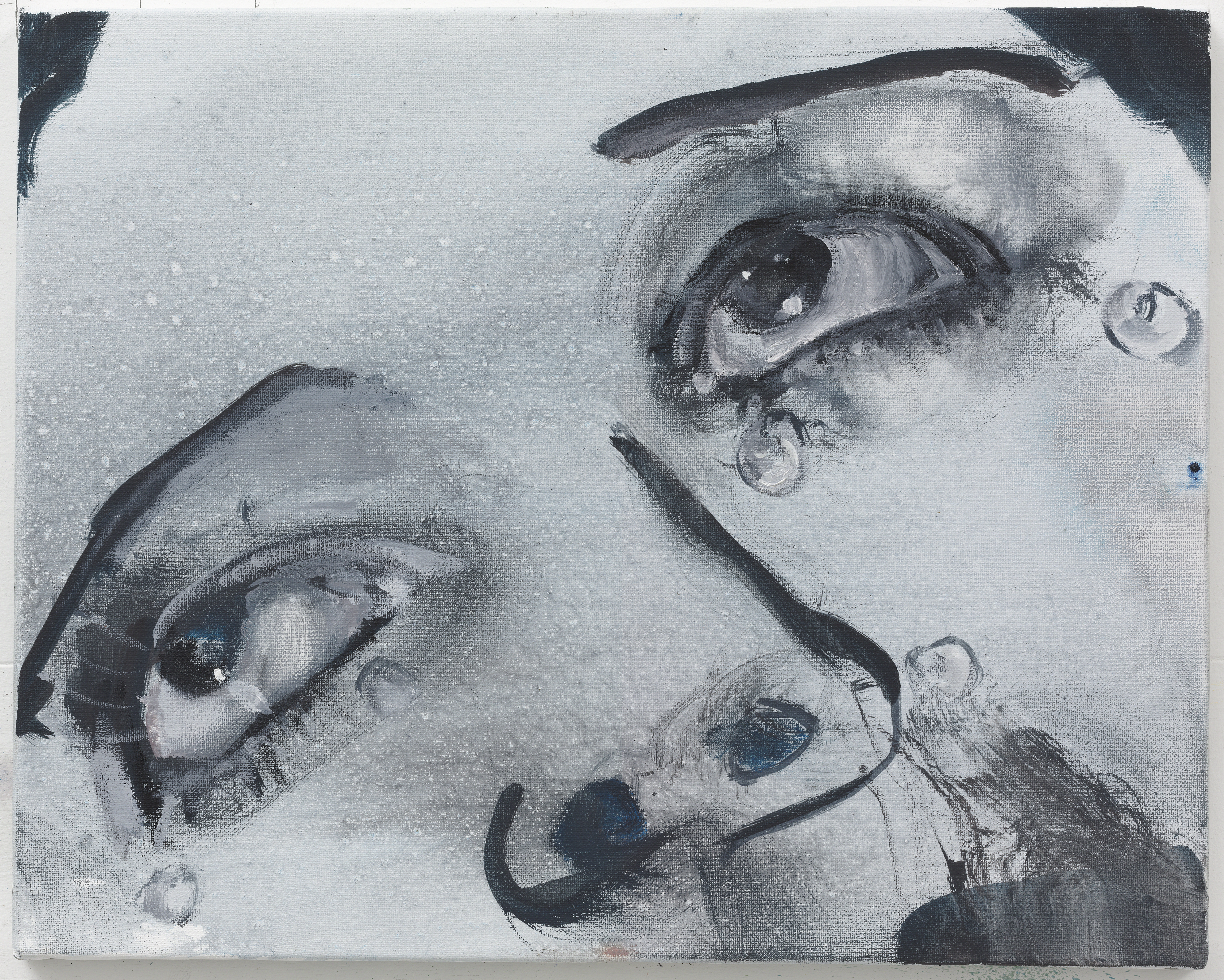 Marlene Dumas’ charged, exposed and intimate figures gather in Athens
Marlene Dumas’ charged, exposed and intimate figures gather in AthensThe artist’s work from 1992 until the present day goes on show at Athens’ Museum of Cycladic Art (until 2 November)
-
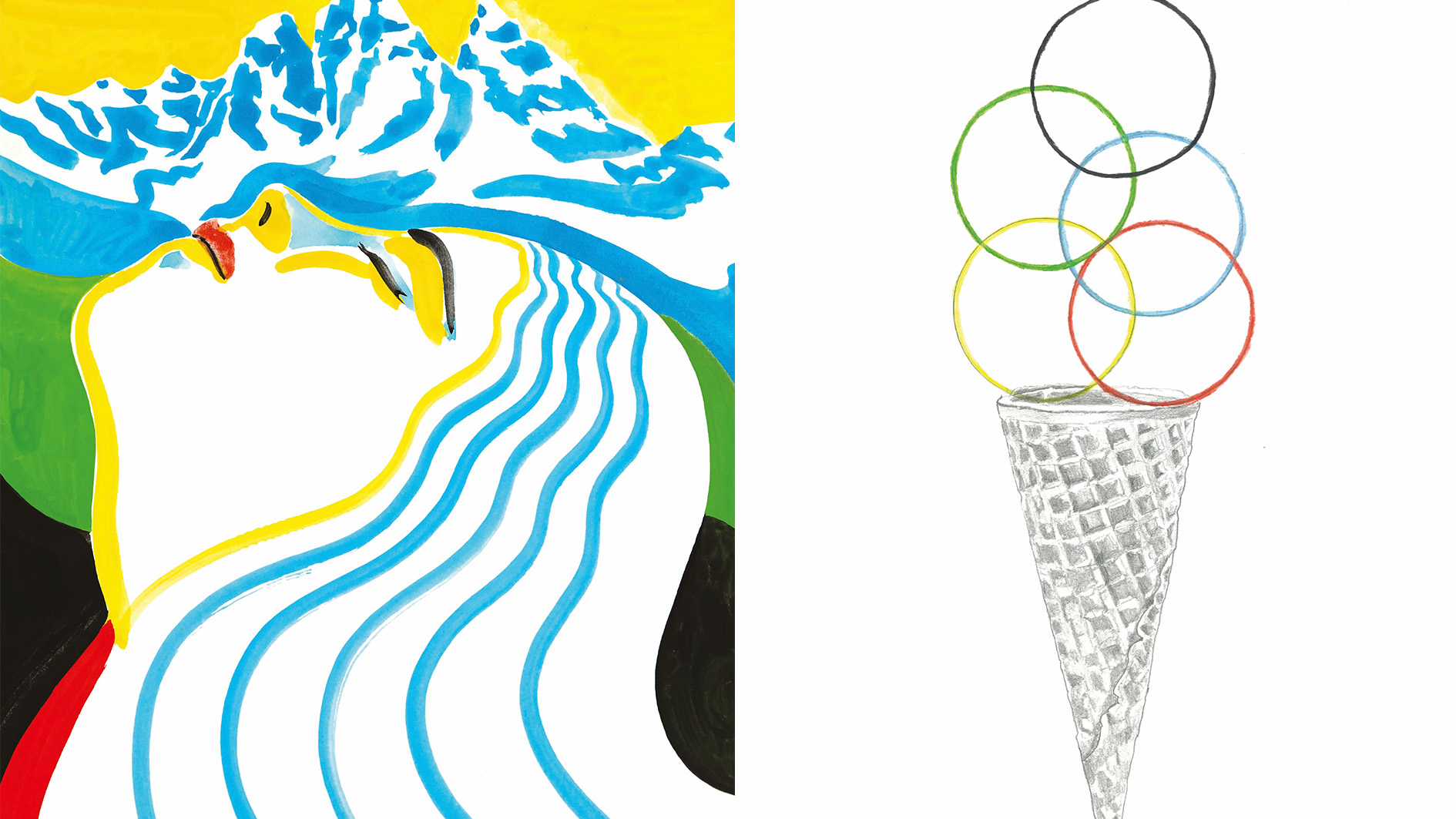 Ten super-cool posters for the Winter Olympics and Paralympics have just been unveiled
Ten super-cool posters for the Winter Olympics and Paralympics have just been unveiledThe Olympic committees asked ten young artists for their creative take on the 2026 Milano Cortina Games
-
 Get lost in Megan Rooney’s abstract, emotional paintings
Get lost in Megan Rooney’s abstract, emotional paintingsThe artist finds worlds in yellow and blue at Thaddaeus Ropac London
-
 Kaari Upson’s unsettling, grotesque and seductive world in Denmark
Kaari Upson’s unsettling, grotesque and seductive world in DenmarkThe Louisiana Museum of Modern Art in Denmark is staging the first comprehensive survey of late artist Kaari Upson’s work